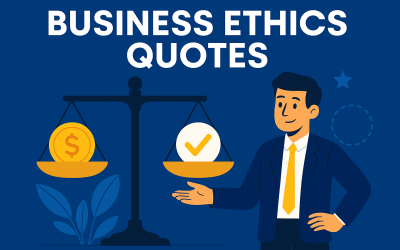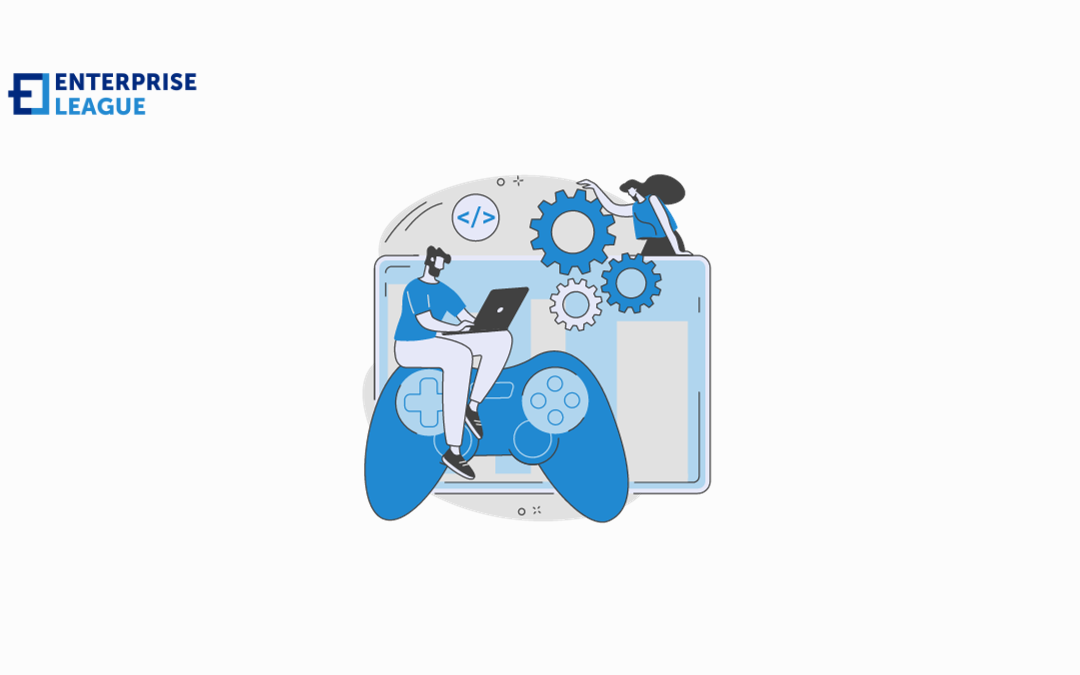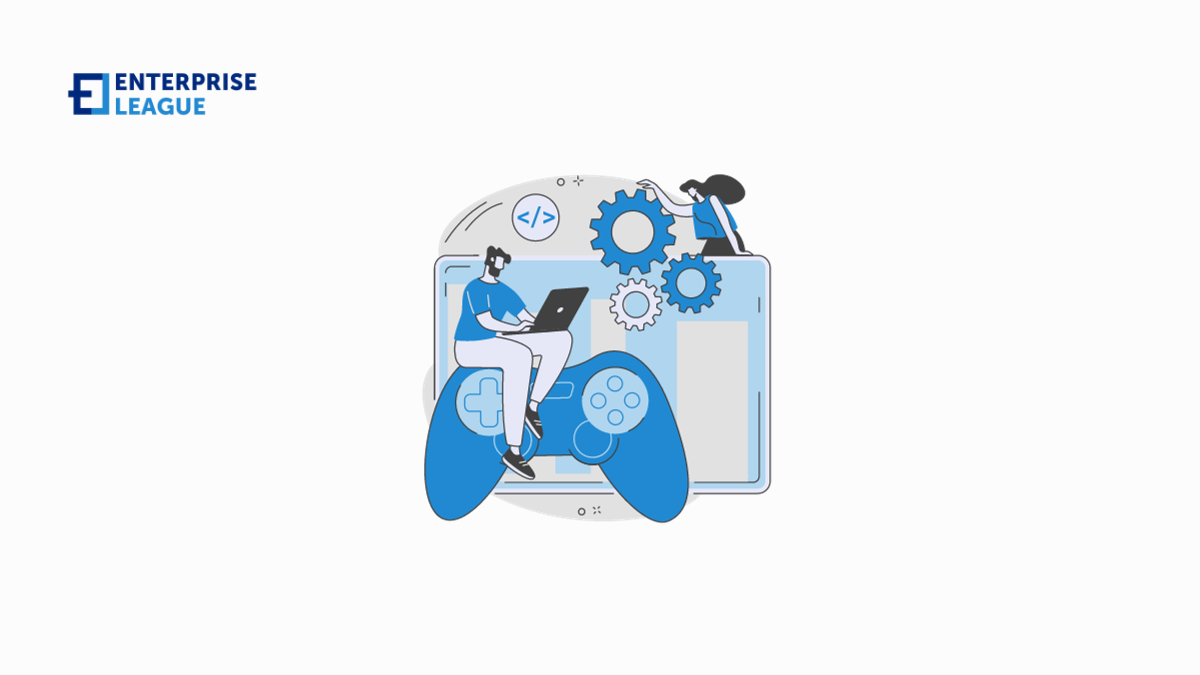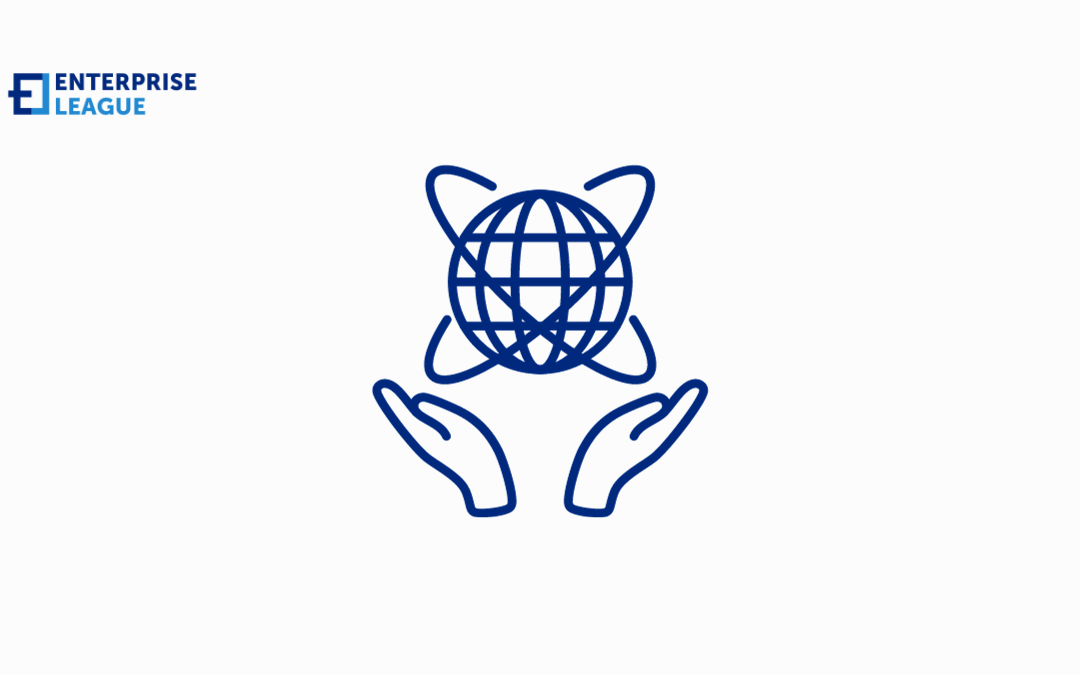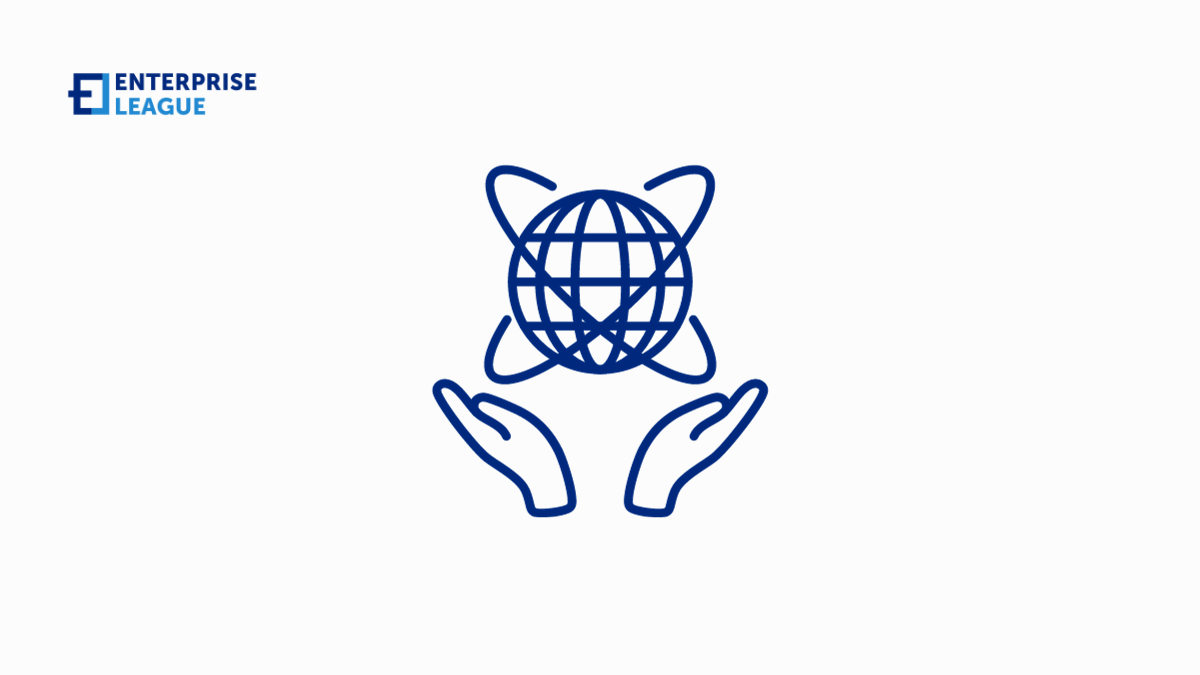This article explores the possibilities, considerations, and potential implications of seeking financial help from your employer and how to approach this.

Streamlining business email communication: Making it effortless and effective
Streamlining business email communication: Making it effortless and effective
October 27, 2023

Email remains a cornerstone among the myriad of communication tools at our disposal. However, managing emails can become a time-consuming and overwhelming task. This article will explore strategies and tools to streamline business email communication, making it effortless and more productive.
The importance of streamlining business email
Email has firmly established itself as the cornerstone of modern business communication in the digital age. Its significance must be balanced, and streamlining this mode of communication is paramount for success. In this section, we will delve into the critical role of efficient email communication in contemporary business practices and shed light on the common challenges individuals and organizations encounter when managing their email correspondence.
The significance of efficient email communication
Email remains the go-to tool for formal communication in the business world for several compelling reasons:
- Speed and accessibility: Email allows for near-instantaneous communication, enabling professionals to exchange information, updates, and decisions swiftly. This speed is crucial in today’s fast-paced business environment.
- Documentation: Every email exchange is a written record of communication, which can serve as a valuable reference point. This documentation can be pivotal in resolving disputes, tracking decisions, or complying with legal requirements.
- Global reach: With email, businesses can communicate with partners, clients, and colleagues worldwide, transcending geographical boundaries with ease.
- Cost-efficiency: Compared to traditional postal services or phone calls, email is a cost-effective means of communication. It reduces expenses related to paper, postage, and long-distance phone charges.
- Flexibility: Emails offer the flexibility to send text, attachments, links, and multimedia, making them versatile tools for conveying various types of information.
Challenges faced when dealing with emails
- Email overload: The constant influx of emails can overwhelm individuals and teams, making prioritizing and responding promptly to important messages challenging.
- Miscommunication: Emails can sometimes lead to misunderstandings or misinterpretations due to the absence of non-verbal cues like tone of voice and body language.
- Time management: Excessive time spent on email management can detract from other essential tasks and responsibilities, impacting overall productivity.
- Data security: Businesses must safeguard sensitive email information as data breaches and cyberattacks are rising.
- Spam and phishing: Spam emails and phishing attempts pose security risks and can clutter inboxes, making it harder to identify genuine messages.
Organizational strategies
To conquer the challenges posed by email communication, organizations can adopt various strategies:
- Inbox zero: We will explore the benefits of maintaining a clutter-free inbox, allowing professionals to stay organized and focused.
- Email folders and labels: Learn how to effectively categorize and prioritize emails using folders and labels to streamline access to critical information.
- Email filters and rules: Discover how automation can simplify email sorting, ensuring that important messages receive prompt attention.
- Setting clear email policies: Encourage proper email etiquette within the organization through clearly defined policies that promote professionalism and efficiency.
These organizational strategies provide a roadmap for businesses looking to optimize email communication, ultimately enhancing productivity and reducing the time and stress associated with email management.
Email management strategies
Let’s have a look at four strategies that will make email management easier for you:
Utilize popular email clients
A fundamental aspect of email management is selecting the right email client. Some of the most widely used email clients are:
- Outlook: Microsoft Outlook is known for its robust email management capabilities, integration with other Microsoft Office apps, and features like calendar and task management.
- Gmail: Google’s Gmail is renowned for its user-friendly interface, powerful search functionality, and integration with various Google Workspace apps.
- Thunderbird: Mozilla Thunderbird is an open-source email client that offers flexibility, customization, and a range of add-ons to enhance email management.
Using email productivity tools
In addition to email clients, many productivity tools are available to supercharge your email experience. These tools often offer specialized features to tackle specific email challenges, such as:
- Email tracking: Tools like HubSpot Email Tracking or Mailtrack allow you to monitor email opens and click-through rates, providing valuable insights into recipient engagement.
- Email scheduling: Apps like Boomerang and SendinBlue enable you to schedule emails to be sent at optimal times, even when you’re not at your computer.
- Email templates: Platforms like Yesware and Mixmax offer email templating features, helping you quickly compose consistent and professional messages.
- Spam filters: Third-party spam filters like SpamTitan and Barracuda can bolster your email security by identifying and blocking unwanted emails.
- Analytics and Reporting: Tools such as EmailAnalytics and Hiver provide in-depth analytics and reporting on your email activity, helping you identify areas for improvement.
By incorporating these third-party email productivity tools into your workflow, you can tailor your email management approach to suit your specific needs and challenges, ultimately streamlining your communication processes and boosting your overall productivity.
Efficient time management
Managing your time effectively when dealing with emails is crucial to maintaining productivity and preventing email overload. In this section, we’ll explore three valuable time management techniques that can help you streamline your email handling process:
- Prioritize email time: Begin by assessing your workflow and identifying the most suitable times to check and respond to emails. Allocate specific time blocks during your workday for this purpose.
- Limit distractions: During your designated email time, eliminate distractions and focus solely on your inbox. Close unnecessary tabs or applications and set your phone to silent mode.
- Set time limits: Establish a predetermined time limit for each email session to ensure you don’t spend excessive time on email management. For instance, you might allocate 30 minutes in the morning and 30 minutes in the afternoon.
- Stick to the schedule: Consistency is key. Adhere to your allocated email time slots and resist checking your inbox outside those designated periods.
Streamlining email handling by grouping similar tasks together
Batch processing involves grouping similar tasks to maximize efficiency. When it comes to email management, you can apply this technique in the following manner:
- Designate batch times: Set specific times in your daily schedule for batch-processing emails. For example, allocate one block of time in the morning and another in the afternoon.
- Categorize emails: Sort your emails into categories based on their nature or purpose. Common types include client inquiries, internal team communications, and newsletters.
- Focused attention: During each batch processing session, concentrate solely on emails within a specific category. This allows you to address similar tasks efficiently without context switching.
- Set boundaries: Make it a practice to avoid checking emails between batch processing
sessions to maintain focus on other essential tasks.
As a secure email service for your domain, Spacemail, created by Spaceship, offers a reliable solution to safeguard your online communications. With its emphasis on encryption and privacy, Spacemail ensures that your sensitive business information remains protected in today’s digital landscape.
Conclusion
Recognizing the importance of streamlined email management is the first step toward addressing the challenges and harnessing the immense benefits this digital communication tool has to offer. The following sections will explore strategies and tools to overcome these challenges and make business email communication effortlessly productive.
More must-read stories from Enterprise League:
- Find out how having age diversity in the workplace can improve your business.
- What it takes to start a wholesale business from scratch?
- Implement a CRM strategy for your business using this guide.
- Innovative and profitable business ideas with no employees.
- Find out all the things that make messy people smarter.
Related Articles
Can I ask my employer for financial help
Advantages of AdTech solutions in advertising
In this article, you will learn more about digital tools for campaign management and data analysis, their solutions and their role in business development.
A quick guide to SaaS application development
Let’s take a closer look at some of the most defining characteristics that make the development of a SaaS application such an attractive venture today.
31 short powerful business quotes (2025)
Take a look at these 31 short powerful business quotes that will elevate your mindset, inspire success and drive motivation in your professional life.
30 Business Ethics Quotes to Inspire Integrity in the Workplace
Since ethical leadership is crucial in navigating complex moral dilemmas and fostering a positive work environment, check out these business ethics quotes.





